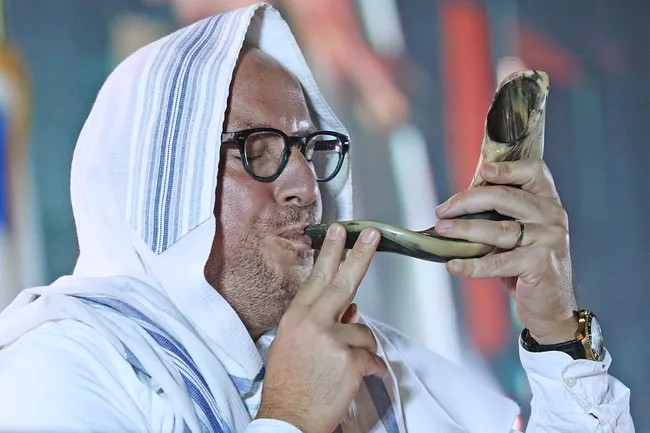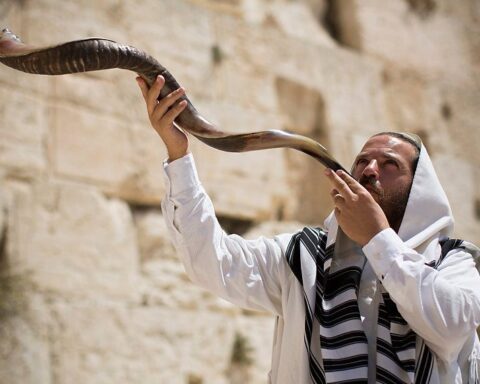From when it takes place to how it’s celebrated, here’s what to know about Yom Kippur 2022
Meaning “Day of Atonement” in Hebrew, Yom Kippur is recognized as the holiest day in Judaism.
It marks the tenth and final day of the High Holidays, also known as “Days of Awe.” Rosh Hashanah kicked off the 10-day long period on Sept. 25 this year.
Yom Kippur is celebrated annually on the 10th of Tishri, the seventh month of the Hebrew calendar. Depending on the year, it usually falls in either September or October.
Repentance and atonement for one’s sins are at the core of the holiday, while the days are typically filled with fasting and prayer. No work is done on this day since the majority of time is generally spent in the synagogue.
Yom Kippur’s purpose? It’s a day for Jewish people to seek purification from their sins against God while asking those they’ve wronged for forgiveness.
Between the day it falls this year and how the holiday is celebrated, here’s everything to know about Yom Kippur 2022.
What is Yom Kippur?
:max_bytes(150000):strip_icc():focal(584x619:586x621):format(webp)/Everything-to-Know-About-Yom-Kippur-02-093022-35f0f362124a41fa824f26dfc53851e3.jpg)
Yom Kippur is the holiest Jewish holiday of the year. In English, it means “Day of Atonement.” The holiday centers around repenting personal sins to God in preparation for the upcoming year.
The holiday derives from the Jewish belief that Moses came down from Mount Sinai with the second set of tablets of the Ten Commandments. His descent took place on the tenth day of Tishri, 40 days after the Israelites committed sin.
They disobeyed God by worshipping a golden calf, rather than praying to him. Upon Moses’ arrival, he forgave them for their sins.
When is Yom Kippur celebrated?
:max_bytes(150000):strip_icc():focal(749x749:751x751):format(webp)/Everything-to-Know-About-Yom-Kippur-03-093022-f4f1c9114c8148918d73c3b0c30b3cb1.jpg)
On the Hebrew calendar, the 10th of Tishri marks Yom Kippur year after year, but the date differs annually for the secular (or Gregorian) calendar. This year, the holiday begins on Tuesday, Oct. 4 at sunset.
Who celebrates Yom Kippur?
:max_bytes(150000):strip_icc():focal(824x549:826x551):format(webp)/Everything-to-Know-About-Yom-Kippur-04-093022-a79c14606fc84be2b337c792475487aa.jpg)
Since Yom Kippur is a Jewish holiday, those who practice Judaism celebrate the holy day.
How is Yom Kippur observed?
:max_bytes(150000):strip_icc():focal(899x429:901x431):format(webp)/Everything-to-Know-About-Yom-Kippur-01-093022-9e94ed14c07d490a8027560676f51a48.jpg)
Yom Kippur primarily centers around atonement and repentance. While the majority of the day involves prayer, a larger portion of the observation includes fasting.
Jewish people have to refrain from eating or drinking for 25 hours of the holiday, per the American Jewish Committee. “It is also traditional to refrain from other earthly pleasures, such as bathing and wearing leather shoes, something seen as a luxury in ancient times,” the AJC also notes.
In addition to prayer and fasting, there are other traditions that are practiced, including wearing white, “symbolizing purity and renewal as Jews repent for their past sins.”
The holiday may be a solemn one, but it’s certainly not sad. After a day of repentance, sins are forgiven and the slate is wiped clean for the year ahead. To signify the end of Yom Kippur, the shofar is blown in celebration.




